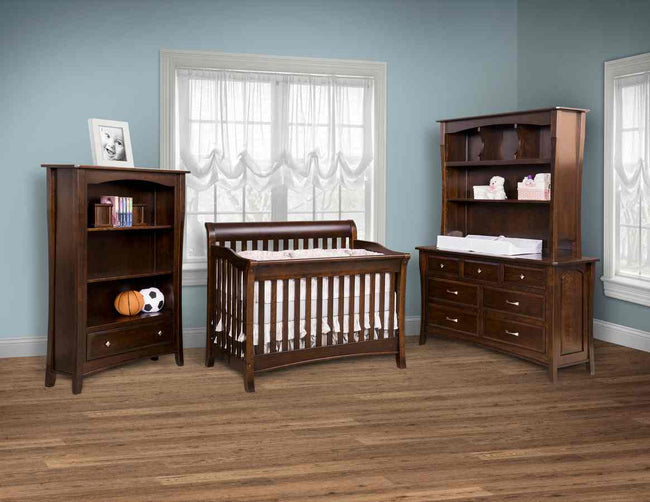Engineering a Flavorful Dining Experience
Environmental factors like lighting, sound, dinnerware and plating can have a large impact on how you experience each meal you enjoy in your dining room. Most decisions that go into environmental design are informed by scientific research, so we’ve combed through much of the research and created this exclusive, behind-the-scenes look at the art and science of dining.

Lighting
Lighting in a dining room affects the way food looks and the way diners perceive flavors. Green and red lighting adds to the fruitiness of red wine and people who like strong coffee tend to drink more of it under bright lights. Additionally, in rooms with glaring light, people tend to eat faster. Studies also show that men eat less under blue lighting, which has no effect on women. People overall prefer dimmer light when eating with a partner, than they do eating alone or in a group.
Environment & Furniture
Establishing the right environment and populating it with smart furniture choices can have a significant impact on diners’ experiences. A majority of diners prefer dining room furniture that’s higher from the ground, while younger people prefer meals in bright, strong-colored environments. One study found that people who drank the same brand of Scotch whiskey in three different rooms experienced different tastes based on the themes of each room.
Music & Noise
High-pitched music enhances sweet and sour flavors, while low-pitched music enhances bitter flavors. Scientists who study the effects of music and sound on taste believe taste is a multi-sensory experience not exclusive to taste buds.
Dinnerware & Stemware
Even the tools we use to serve and eat food have a measurable effect on taste. Round, white plates tend to enhance sweet flavors, while black, angular plates tend to enhance savory flavors. If you don’t want to eat a large meal, serve it on red or blue plates, which tend to reduce the amount people eat. One in ten people feel food tastes better when eaten with a metallic spoon, and if you like your cheese salty, eat if off a knife—people rate cheese as tasting saltier when eaten off a knife rather than a toothpick, spoon or fork.
Language & Description
Dinner guests tend to rate experiences with food higher when the food is given descriptive names. Food descriptions can make items sound more expensive, leading diners to believe the food is of higher quality, which in turn enhances its taste.
Dinner Guests
It should come as no surprise that even though adults consume nearly two out of every four meals alone, having more then one dining room chair occupied and sharing meals with friends creates feelings of euphoria, which put our brains at ease and allow us to be present. Effects are similar to those experienced during meditation. Also, telling jokes or singing “Happy Birthday” before meals can boost flavors and change our perception of the food.
Plating Design
The more presentable and visually-appealing is, the better it tastes. People favor bright-colored food that features lots of contrast. But too much color can be overwhelming—most people prefer three colors on their plate, distributed through three to four food components. Believe it or not, even the degree to which your plate is rotated affects how much you enjoy your food.
From the kitchen to the dining room and living room, there's quite a lot of factors that can affect the way we experience our food - but more then anything, gathering friends and family around the table and enjoying something delicious is what really counts!

